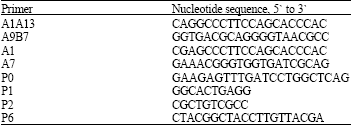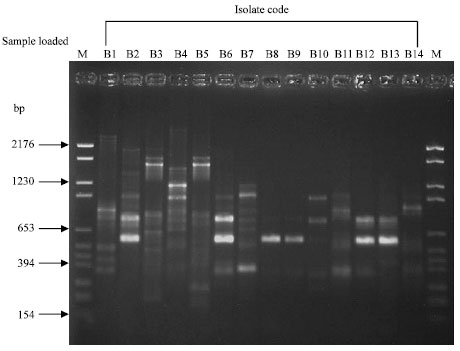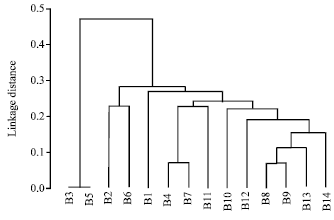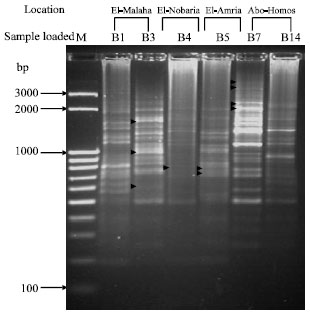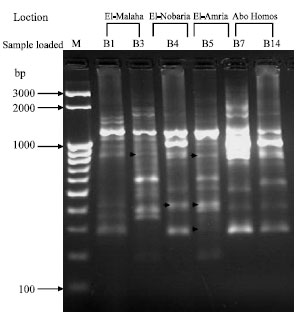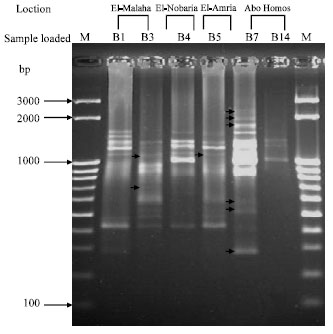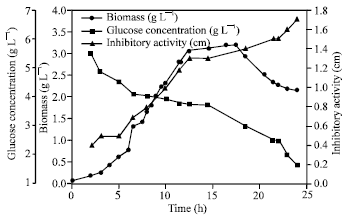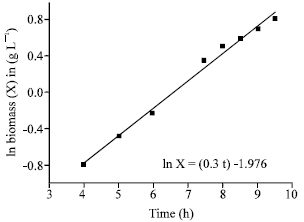Research Article
Molecular Characterization and Batch Fermentation of Bacillus subtilis as Biocontrol Agent, II
Department of Bioprocess Development, Mubarak City for Scientific Research and Technology Applications, New Borg El-Arab, Alexandria, Egypt
S.A. El-Kazzaz
Department of Plant Pathology, College of Agriculture, University of Alexandria, Egypt
E. E. Wagih
Department of Plant Pathology, College of Agriculture, University of Alexandria, Egypt
A.I. El-Diwany
National Research Center, Dokki, Cairo, Egypt
M. A. El-Saadani
Mubarak City for Scientific Research and Technology Applications, New Borg El-Arab, Alexandria, Egypt
E. E. Hafez
Department of Plant Molecular Pathology, Arid Lands Research Institute, Mubarak City for Scientific Research and Technology Applications, New Borg El-Arab, Alexandria, Egypt
H. E. Moustafa
Department of Bioprocess Development, Mubarak City for Scientific Research and Technology Applications, New Borg El-Arab, Alexandria, Egypt
H.E. Abd-Elsalam
Department of Environmental Biotechnology, Mubarak City for Scientific Research and Technology Applications, New Borg El-Arab, Alexandria, Egypt
G.A. Abo-Zaid
Department of Bioprocess Development, Mubarak City for Scientific Research and Technology Applications, New Borg El-Arab, Alexandria, Egypt
E. A. Serour
Department of Protein Research, Mubarak City for Scientific Research and Technology Applications, New Borg El-Arab, Alexandria, Egypt









